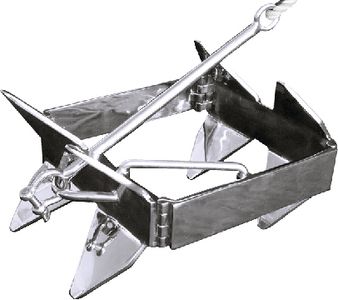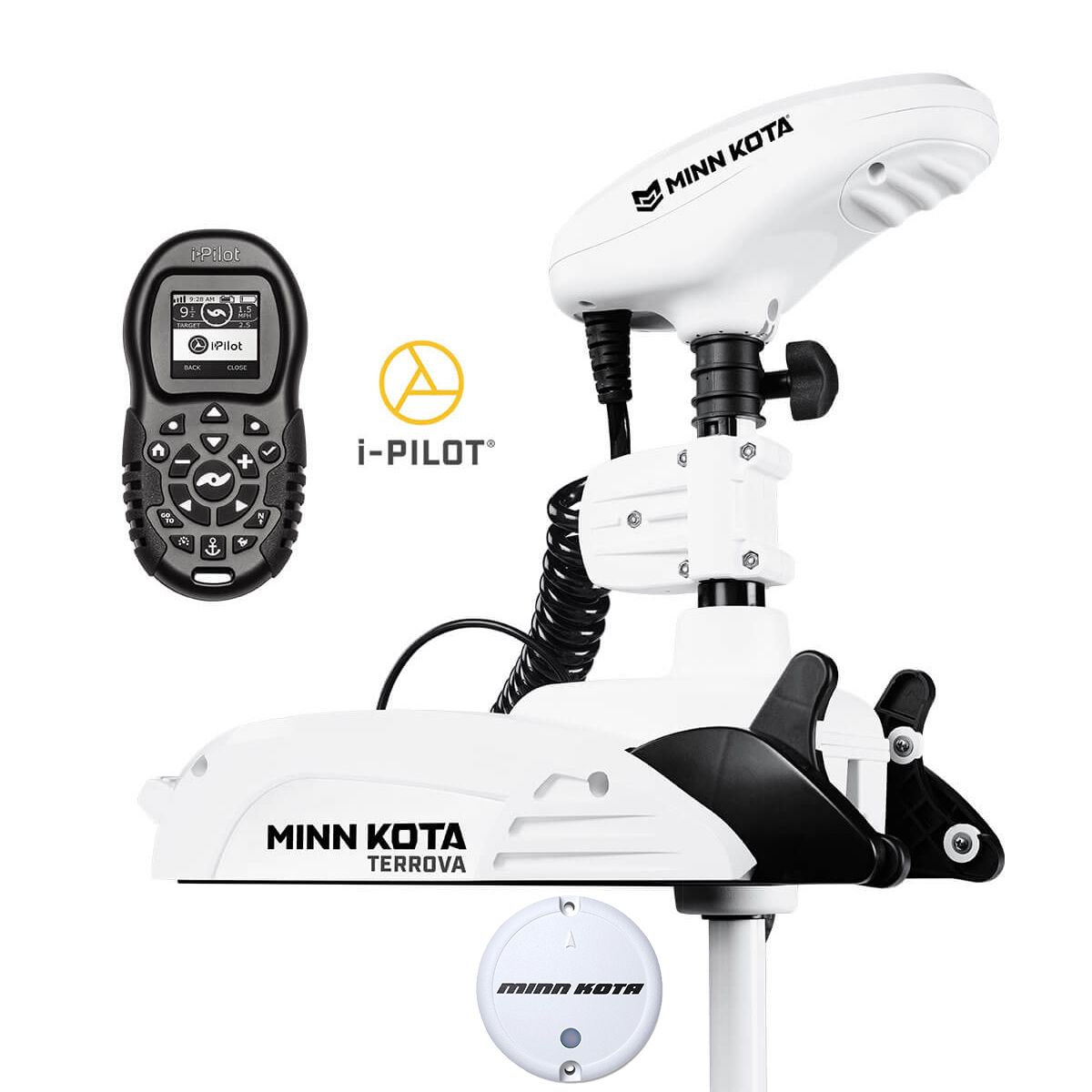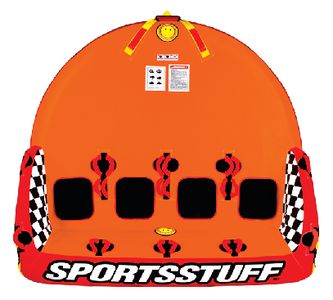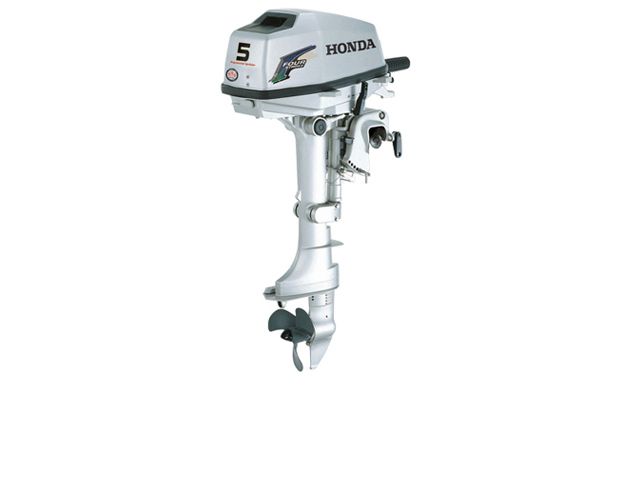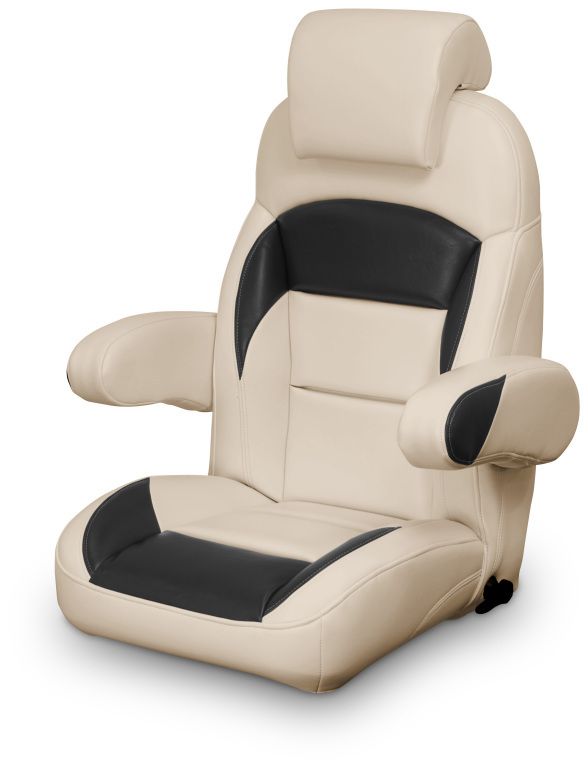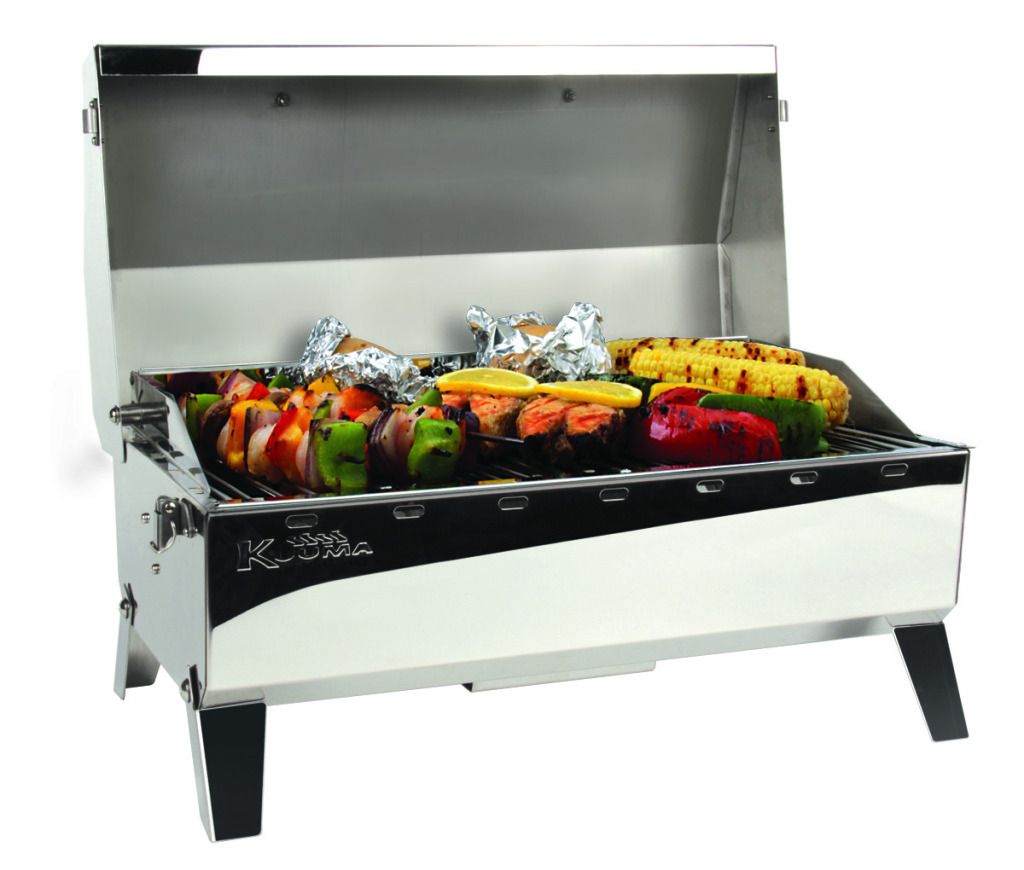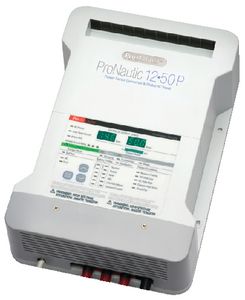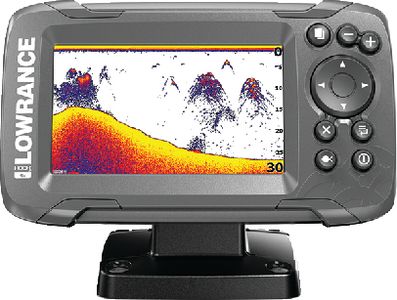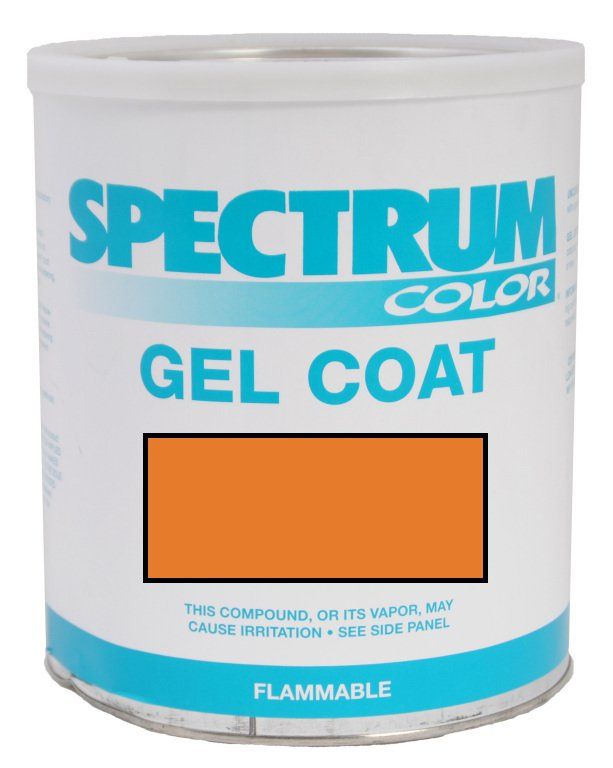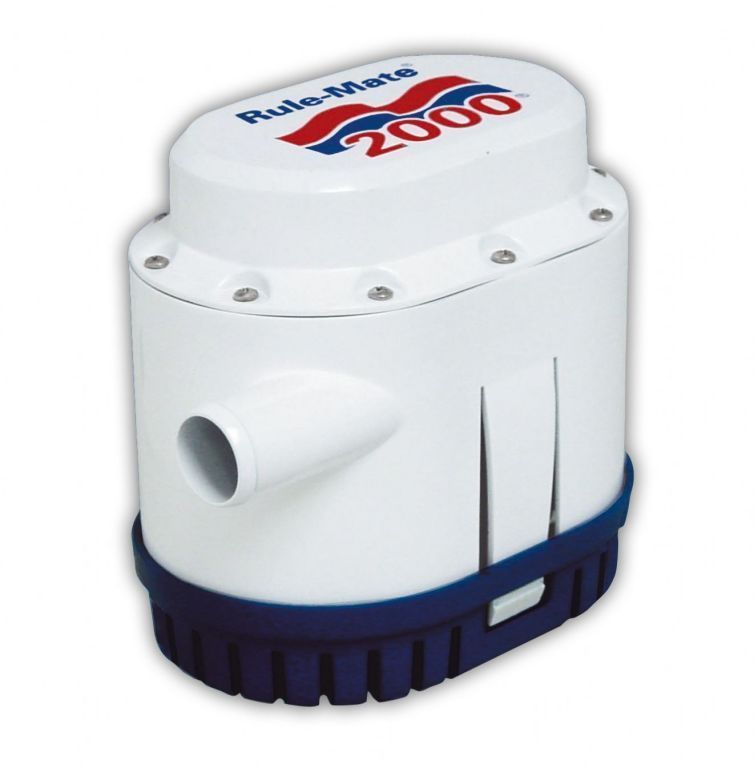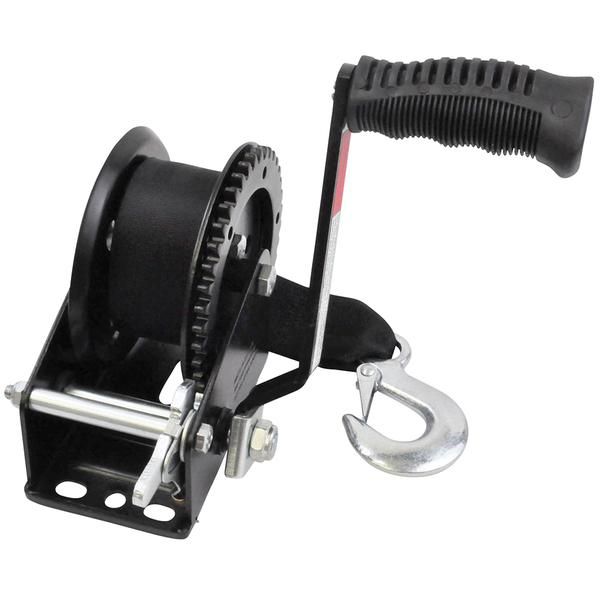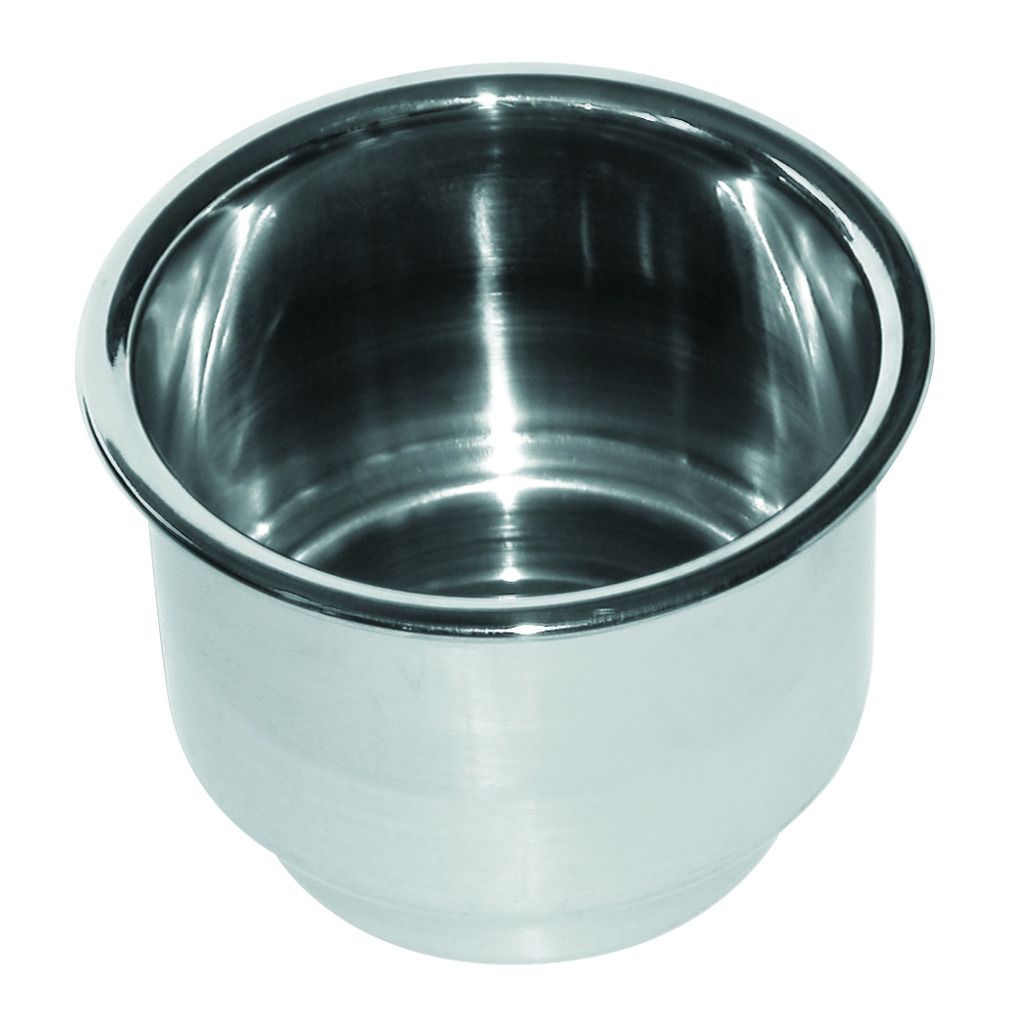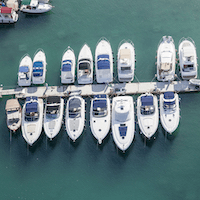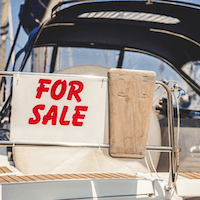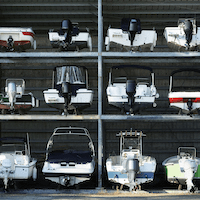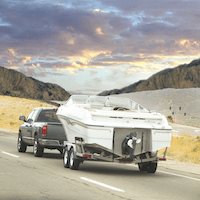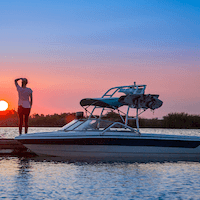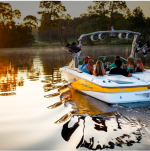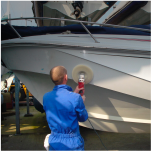WoodOnWater
Cadet
- Joined
- Sep 3, 2012
- Messages
- 28
I have just gotten a long term project on the water. An 18.5' mahogany runabout that I have redesigned and built from the ground(water?) up. It's not done, but I was able to get it on the water for some "sea" trials.

Also a hole shot at this link, post #74.
http://www.boatdesign.net/forums/boat-building/putting-all-together-15377-8.html#post588473
In the two hours that we ran it that day, I think we used about 5 gallons of gas. The top end operation appears to be normal, but I think it's running rich at low power settings. I cleaned the plugs before going out and they were not worn at all either. With the two hours of engine operation, I got some minor black, oily deposits. Also, during test "muff" runs, I did a fuel cut-off test to run the gas out of the carbs. As the gas was starting to run out, I got a considerable RPM increase as the mixture started leaning out. A little is normal, but I felt this was substantial.
I'm looking to check timing and set mixtures for the next set of runs. I'm planning to do the Link n Sync that Clams Canino has posted and I will include it at the end of my post for reference.
My biggest question is, How do get into the engine to observe throttle opening, observe the stops and adjust the mixture screws per Clams Canino? It appears that the forward panel(?) (with the cowlings already removed) on the engine needs to be removed, but that adds considerable complications with mutiple adjustments. Admittedly, I am new to outboards, but I am no stranger to engines.
I'm sure some will suggest the OEM maintenance/service manual. I'm willing to go that route. Does anyone have a link to a downloadable manual? Free (not likely) or otherwise.
Here is the cut and paste of the Clams Canino procedure.
======================================================================
This is the link and sync procedure, courtesy of Clams Cannino.
Manual specs are different for each but this is close enough to get them all REAL close. This assumes nothing is broken or "wrong" with it. This also assumes that the timing pointer is properly adjusted (if adjustable) to accurately read TDC of the #1 piston.
This basic procedure will work for all the 2/3/4/6 cylinder inlines from 1960 to 1988. It's not for the newer 3 and 4 cylinder loopers.
Engine off
Disconnect throttle cable
Pull throttle arm to full throttle and verify carbs open fully. Adjust main throttle stop so that the carbs are JUST hitting their own little throttle stops. The idea here is that you want the screw stop and NOT the carbs acting as the "final stop" for your throttle lever.
Return the throttle to idle, carbs should be closed. Set all idle screws to 1 3/4 turns out from lightly seated.
Remove all plugs except #1, hook a timing light to #1. Then follow the narrative.
When the throttle is in the idle position the carbs should be fully closed and the ignition retarded. It is the amount of retardation that determines your idle speed and is set later with the idle stop screw.
Timing Event One - throttle pickup.
As the throttle is advanced, the spark timing advances toward TDC and then to before TDC. As the timing is just passing TDC the 1st (minor) throttle pickup should hit and start to open the carbs. Use the timing light. Adjust the tang or trigger screw to make this a reality. All of them are speced different, but if the 1st pickup hits at 3-4 degrees BTDC advance - you win. Use the timing light with a friend cranking it to complete this setting.
Timing Event Two - max advance.
As you continue to advance the throttle the timing will advance while the carbs slowly open a bit more. The next adjustment is max advance, this is the point where the distibutor (or trigger) can advance no more. Set the max-advance stop to 21 degrees for "direct charge" crossflow inlines and 34 degrees for the older plain vanilla crossflows. Use the light, - err to the side of caution.
Right after max advance, further throttle motion should cause the second throttle pickup to hit and open the carbs to full. You already set that -now verify it.
Leave the throttle cable disconnected and go to the water. Leave the boat strapped to the trailer and back it in so it's deep enought to run. Have a friend crank it while you operate the choke and throttle. Warm it up at 1500 rpms's.
When "warm" adjust the idle stop screw for about 800 rpm and then ajust your idle needle(s) in (one at a time) till the motor stumbles. Quickly backing it out 1/2 turn from "stumble" will usually save it from needing a re-start. Do that for all the idle screws. Re-set idle stop for 800.
Now have your friend put it in gear (make SURE you are on the transom NOT in the water) and reset your idle stop for as low as you can get it. 500-600rpm is great if your old reeds will let it idle that low in gear. Now, re-adjust the idle screws, in to stumble, then 1/2 turn out. When you've gone back and forth with that a few times and have it "perfect" - adjust each one out 1/4 turn.
Reset the idle stop so that it's about 700-800 out of gear and 500-600 in gear. Sometimes bad reeds won't let you get that low, you've GOT to get it under 1000 in neutral (worst case) to avoid beating up your lower unit when you shift into gear, even 1000 is "bad" but like I said "worst case".
Now adjust (and hook up)the throttle cable so that with the shifter in neutral, there is light to moderate pressure holding the throttle arm against the idle stop.
Take the boat off the trailer and go out in the water. Try the hole shot. If it falls on it's face try adjusting the idle screws out 1/4 turn at a time (all of them together) till you can get a hole shot. You can kind of do this on the trailer at the ramp, but it's not really safe for you, the boat, or the tow vehicle.
You're done.

Also a hole shot at this link, post #74.
http://www.boatdesign.net/forums/boat-building/putting-all-together-15377-8.html#post588473
In the two hours that we ran it that day, I think we used about 5 gallons of gas. The top end operation appears to be normal, but I think it's running rich at low power settings. I cleaned the plugs before going out and they were not worn at all either. With the two hours of engine operation, I got some minor black, oily deposits. Also, during test "muff" runs, I did a fuel cut-off test to run the gas out of the carbs. As the gas was starting to run out, I got a considerable RPM increase as the mixture started leaning out. A little is normal, but I felt this was substantial.
I'm looking to check timing and set mixtures for the next set of runs. I'm planning to do the Link n Sync that Clams Canino has posted and I will include it at the end of my post for reference.
My biggest question is, How do get into the engine to observe throttle opening, observe the stops and adjust the mixture screws per Clams Canino? It appears that the forward panel(?) (with the cowlings already removed) on the engine needs to be removed, but that adds considerable complications with mutiple adjustments. Admittedly, I am new to outboards, but I am no stranger to engines.
I'm sure some will suggest the OEM maintenance/service manual. I'm willing to go that route. Does anyone have a link to a downloadable manual? Free (not likely) or otherwise.
Here is the cut and paste of the Clams Canino procedure.
======================================================================
This is the link and sync procedure, courtesy of Clams Cannino.
Manual specs are different for each but this is close enough to get them all REAL close. This assumes nothing is broken or "wrong" with it. This also assumes that the timing pointer is properly adjusted (if adjustable) to accurately read TDC of the #1 piston.
This basic procedure will work for all the 2/3/4/6 cylinder inlines from 1960 to 1988. It's not for the newer 3 and 4 cylinder loopers.
Engine off
Disconnect throttle cable
Pull throttle arm to full throttle and verify carbs open fully. Adjust main throttle stop so that the carbs are JUST hitting their own little throttle stops. The idea here is that you want the screw stop and NOT the carbs acting as the "final stop" for your throttle lever.
Return the throttle to idle, carbs should be closed. Set all idle screws to 1 3/4 turns out from lightly seated.
Remove all plugs except #1, hook a timing light to #1. Then follow the narrative.
When the throttle is in the idle position the carbs should be fully closed and the ignition retarded. It is the amount of retardation that determines your idle speed and is set later with the idle stop screw.
Timing Event One - throttle pickup.
As the throttle is advanced, the spark timing advances toward TDC and then to before TDC. As the timing is just passing TDC the 1st (minor) throttle pickup should hit and start to open the carbs. Use the timing light. Adjust the tang or trigger screw to make this a reality. All of them are speced different, but if the 1st pickup hits at 3-4 degrees BTDC advance - you win. Use the timing light with a friend cranking it to complete this setting.
Timing Event Two - max advance.
As you continue to advance the throttle the timing will advance while the carbs slowly open a bit more. The next adjustment is max advance, this is the point where the distibutor (or trigger) can advance no more. Set the max-advance stop to 21 degrees for "direct charge" crossflow inlines and 34 degrees for the older plain vanilla crossflows. Use the light, - err to the side of caution.
Right after max advance, further throttle motion should cause the second throttle pickup to hit and open the carbs to full. You already set that -now verify it.
Leave the throttle cable disconnected and go to the water. Leave the boat strapped to the trailer and back it in so it's deep enought to run. Have a friend crank it while you operate the choke and throttle. Warm it up at 1500 rpms's.
When "warm" adjust the idle stop screw for about 800 rpm and then ajust your idle needle(s) in (one at a time) till the motor stumbles. Quickly backing it out 1/2 turn from "stumble" will usually save it from needing a re-start. Do that for all the idle screws. Re-set idle stop for 800.
Now have your friend put it in gear (make SURE you are on the transom NOT in the water) and reset your idle stop for as low as you can get it. 500-600rpm is great if your old reeds will let it idle that low in gear. Now, re-adjust the idle screws, in to stumble, then 1/2 turn out. When you've gone back and forth with that a few times and have it "perfect" - adjust each one out 1/4 turn.
Reset the idle stop so that it's about 700-800 out of gear and 500-600 in gear. Sometimes bad reeds won't let you get that low, you've GOT to get it under 1000 in neutral (worst case) to avoid beating up your lower unit when you shift into gear, even 1000 is "bad" but like I said "worst case".
Now adjust (and hook up)the throttle cable so that with the shifter in neutral, there is light to moderate pressure holding the throttle arm against the idle stop.
Take the boat off the trailer and go out in the water. Try the hole shot. If it falls on it's face try adjusting the idle screws out 1/4 turn at a time (all of them together) till you can get a hole shot. You can kind of do this on the trailer at the ramp, but it's not really safe for you, the boat, or the tow vehicle.
You're done.
Last edited:

